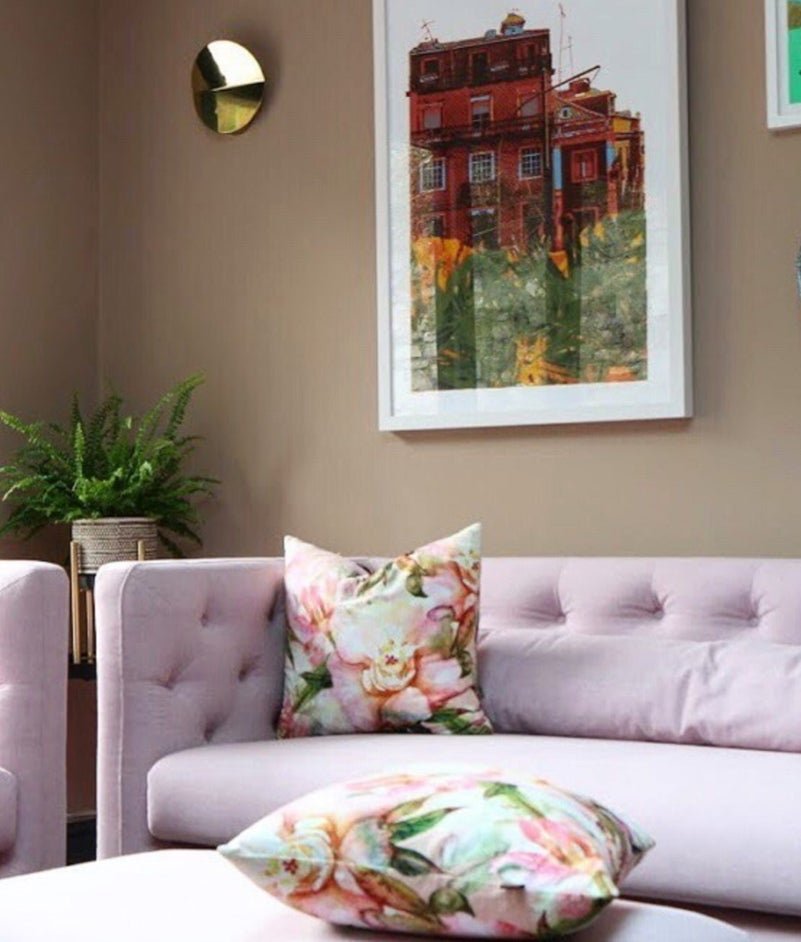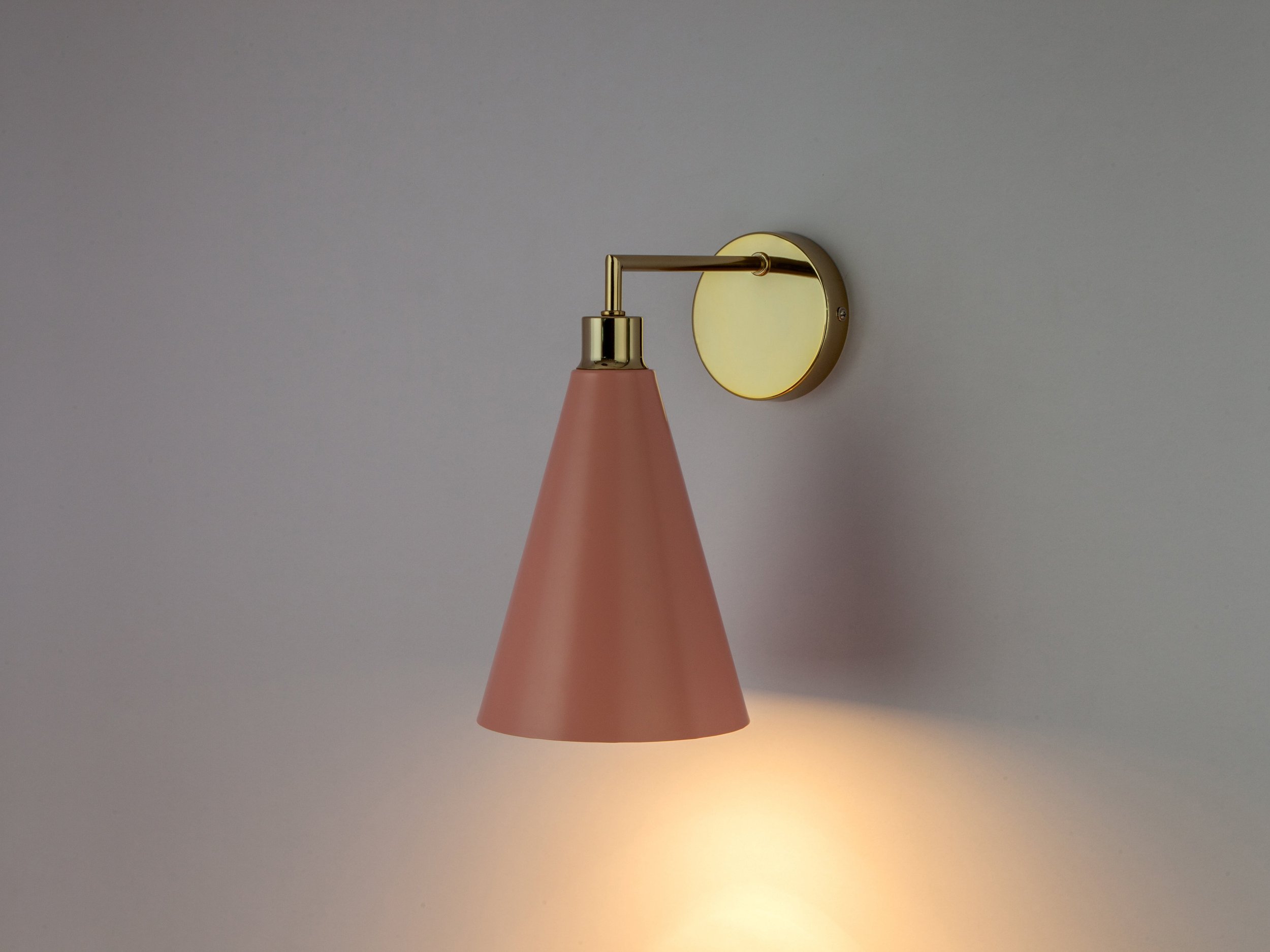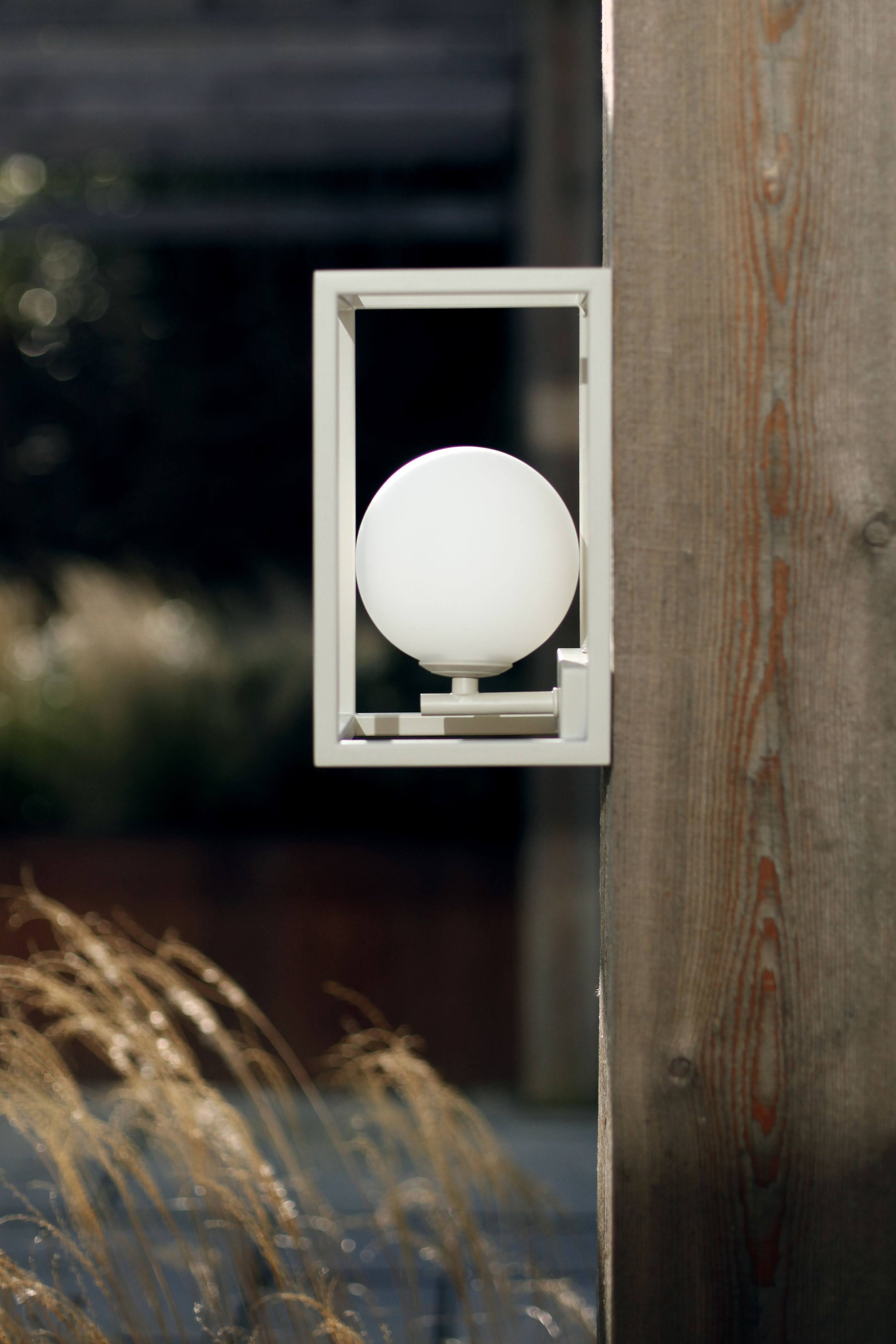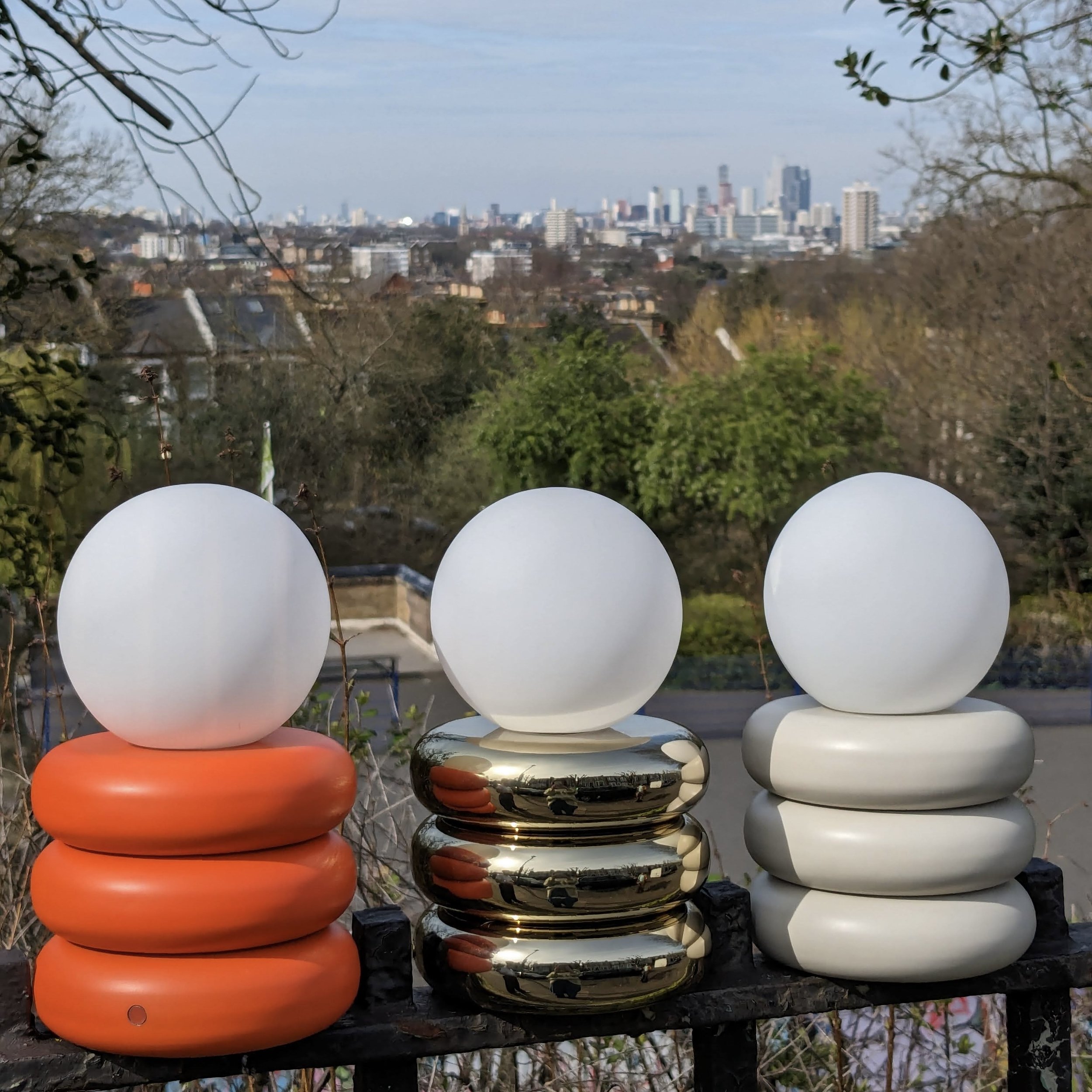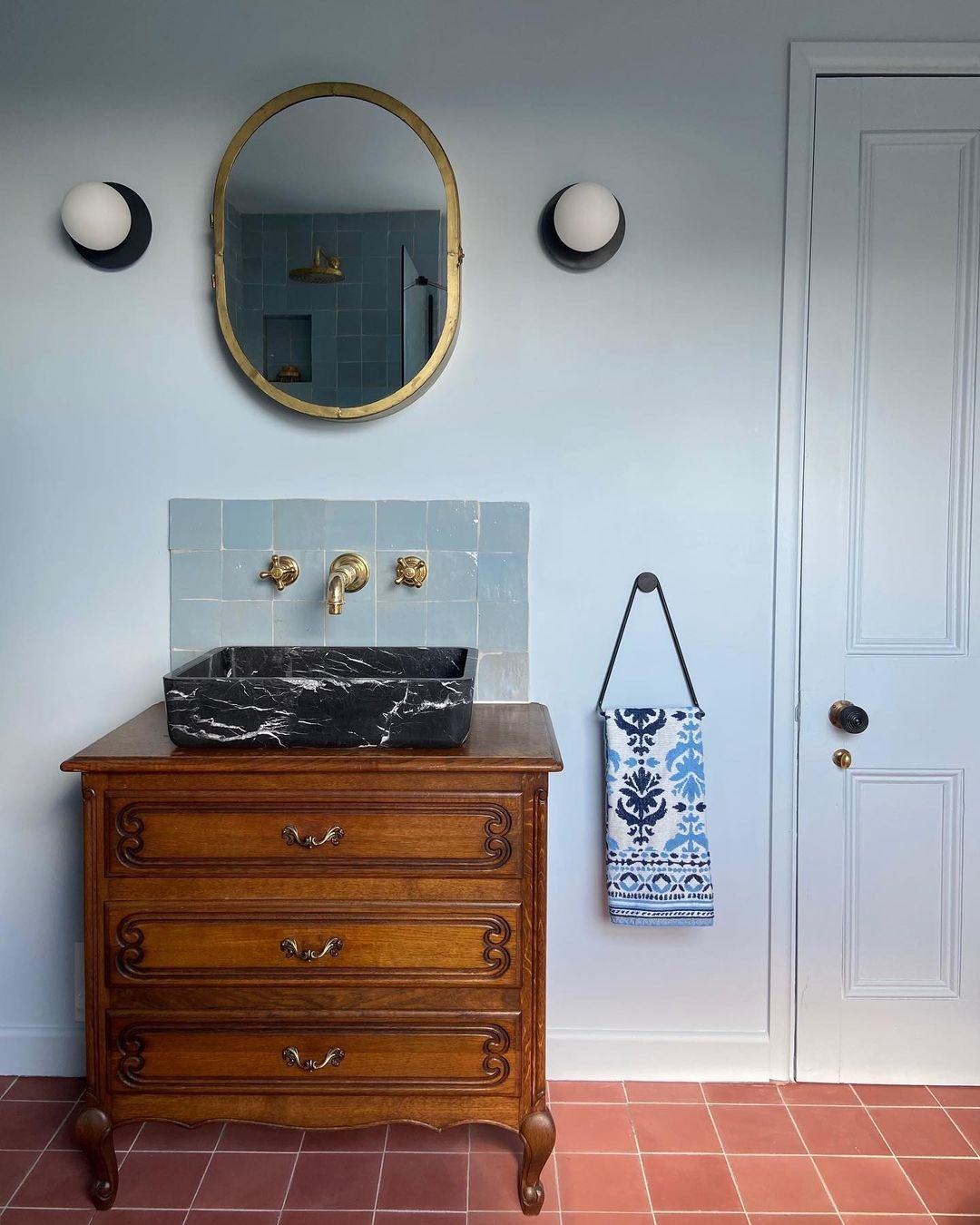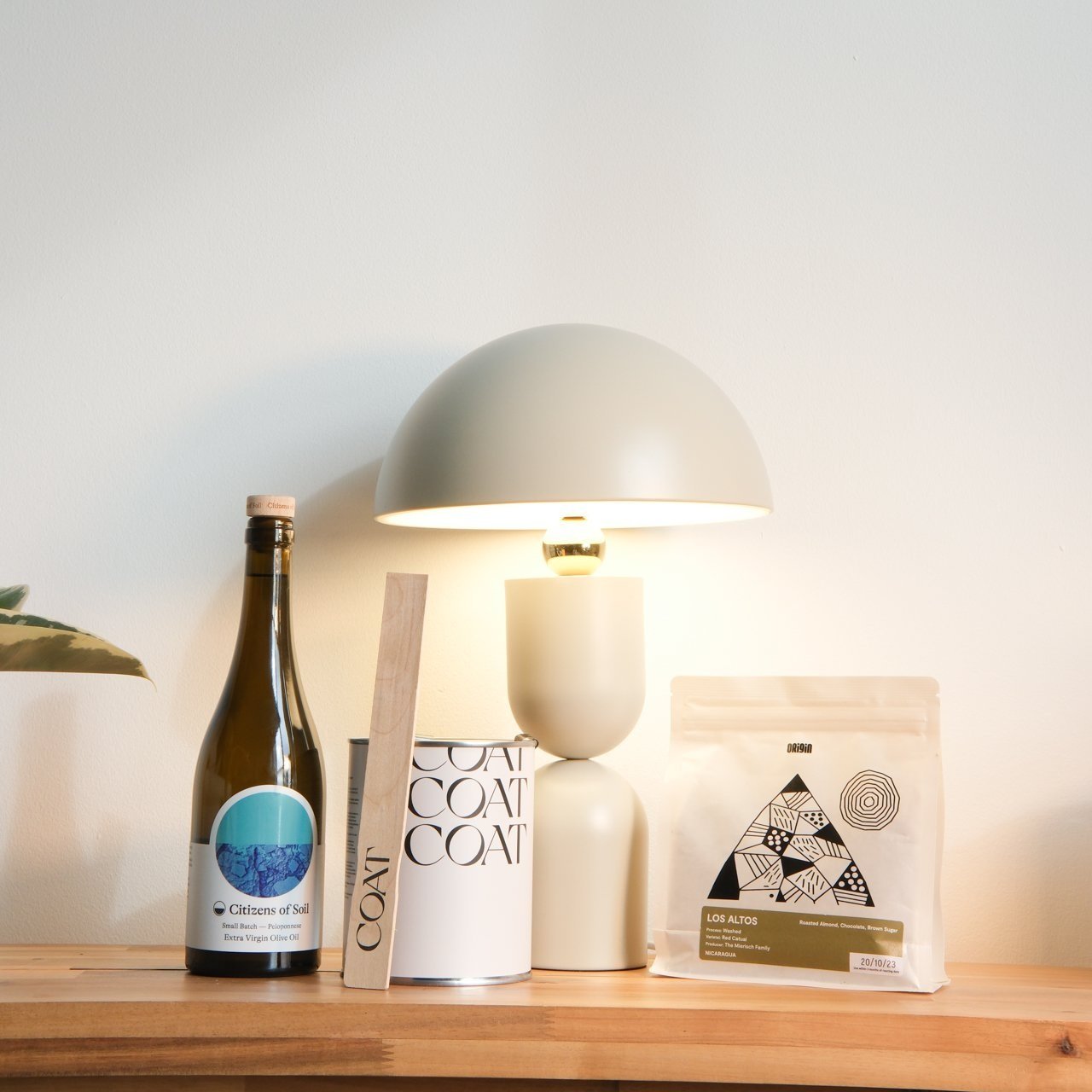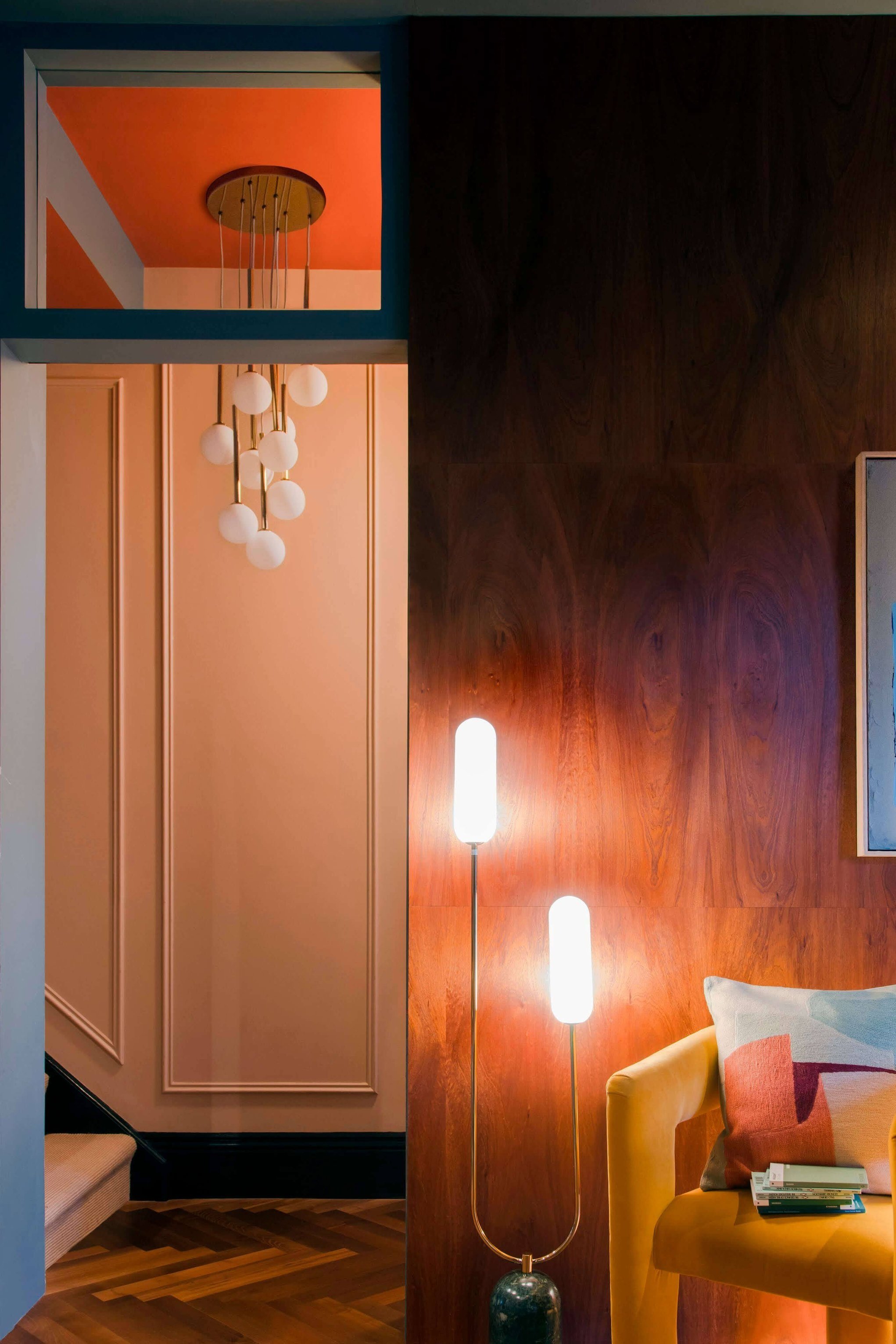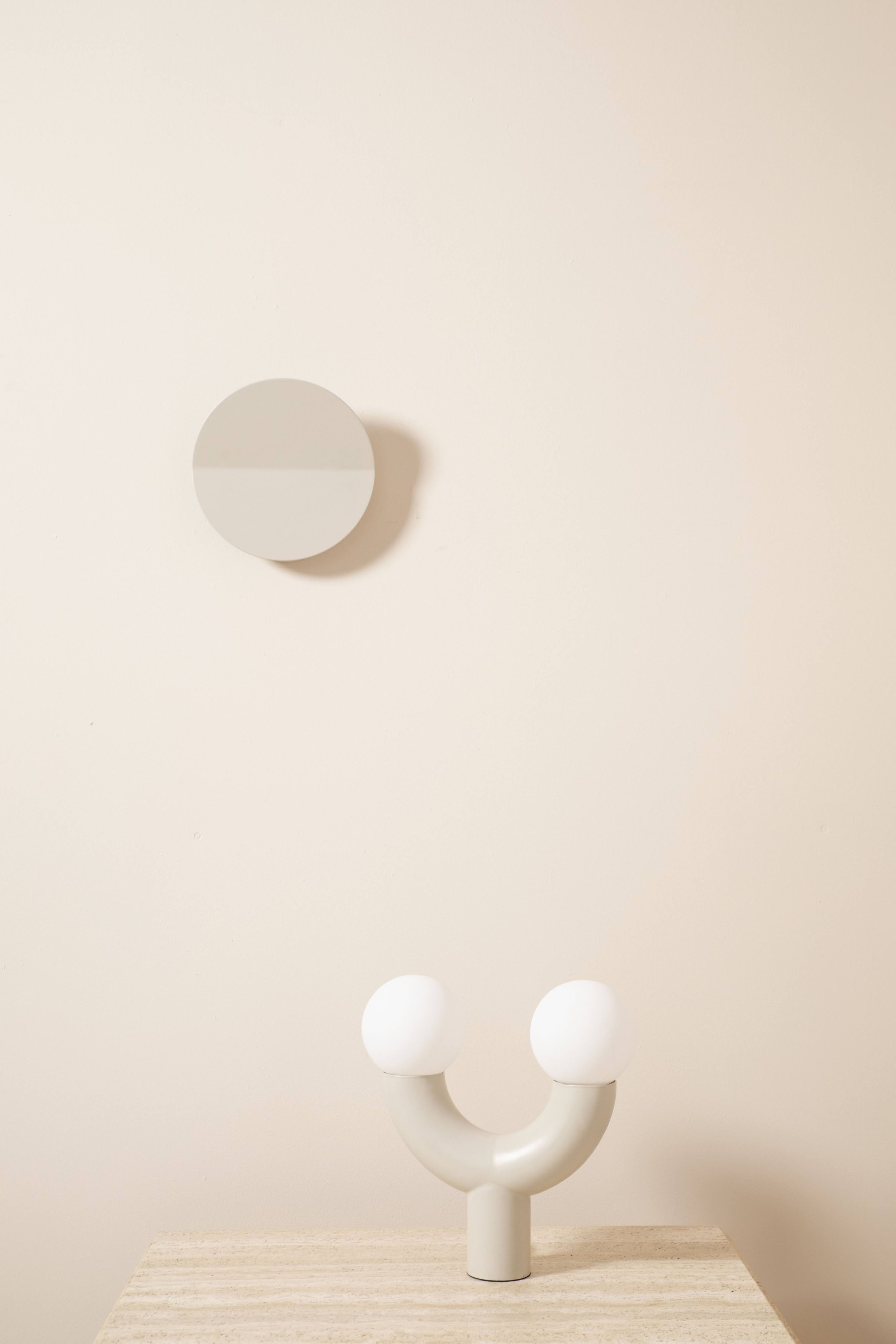Tutorial - How To Choose The Perfect Living Room Wall Lights.
Variation is the key to a successful living room lighting scheme. By including an array of different lights in your set-up, you can manipulate the strengths of each fixture to create a rich and layered display that’s functional, too. Perhaps you’ve kicked off this process by choosing a pendant ceiling light to provide the foundational glow of a room, along with a few table lamps for extra ambience and intermittent bursts of task lighting. This is a great start, but we reckon you’re not quite finished.
image courtesy of @bloodsweatandfizz
For optimum living room lighting, wall lights (or wall sconces / wall mounted lights, as they’re alternatively called) is your next step. In addition to thickening preliminary ambient lighting, wall lights make small spaces feel larger and large spaces feel cosier. They can highlight and define the architecture of your living room, your favourite furnishings and your artworks. Best of all, they save your precious living room space, leaving the floor and your coffee tables uncluttered.
Now you know that ambient wall lighting is a must-have in your living room, you’re probably wondering how you’d go about choosing the perfect fixtures? It’s oh-so-simple, and we’ve covered all bases below, so that you can make the best decision for your home:
What is the purpose of your wall lights?
Are you seeking to brighten a particular space of activity with your wall lights, or to spruce up the outlines of your home with some simple decoration? Perhaps you’d like a bit of both. Once you’ve answered these questions, you’ll have a better idea of what you’re looking for.
We’ve compiled a list of the most common types of wall lights and their effects below, so you can identify the kind of fixture that meets your criteria.
Uplights and Downlights
As you may have guessed, uplights direct light upwards along the wall towards the ceiling, creating a dramatic, shadowy effect. This kind of lighting also provides an illusionary expansion of space, which makes it the best bet for smaller living rooms that you’d like to expand, if only deceptively. Downlights do the opposite, projecting light downwards to the ground, summoning a sense of cosiness that may be lacking in a large living room.
Candle Sconces
Candle sconces are a blast from the long ago past, but their charm hasn’t grown old. Though mimicking the classic castle aesthetic, they’re a much safer version of medieval light sources, as they aren’t lit by a real flame.
These fixtures are expert energy-savers, which we love, but this is because they’re as delicate with their light output as they are in their appearance, something to bear in mind when planning your lighting scheme. You’ll need to team your candle sconces with supporting lights to illuminate your room properly. However, when you do want low-level, mood lighting—and we know you often do—you can let them run the show on their own.
Lantern Wall Sconces
Keeping to a historical theme, lantern wall sconces echo the hand-held lanterns of ancient times, with a modern twist. Typically, their output is dull and soft, which makes them ideal for mood lighting, though they can be powered with a brighter bulb for stronger impact. We’d recommend this fixture for olde-worlde homes, as they continue the antiquated feeling, but you could also style them in modern homes for contrast.
Swing Arm Lights
Ideal for task lighting, swing arm wall lights have an adjustable, concertina arm which can be pulled outwards, away from the wall, allowing its light output to be directed wherever you wish. You can fix them above your sofas or armchairs for generous helpings of light to shine over your evenings.
Now you may be wondering how many of your chosen wall lights you need to adequately light up a space. Illumination aside, fixing a pair of matching wall features next to each other is always going to be aesthetically pleasing, so we recommend keeping your teams to even numbers. However, multiple lights will mean multiplied brightness, so keep this in mind when choosing the bulbs for your lights.
image courtesy of @oldvictoriannew
Positioning: What's the best height for your wall lights?
The position of your wall lights depends on the size and style of the fixture, the proportions of your living room and the result you’re hoping to achieve. Interior designers posit a general rule, that wall lights should be positioned 152-170cm (5-5.5ft) above your floorboards and each fixture should be spaced 250-300cm (8-10ft) apart. It’s also recommended that the top of the wall light sits at eye level, to prevent a harsh glare from damaging your eyes.
These measurements apply to your standard wall light height but, of course, you can adjust these accordingly to accommodate your respective living spaces.
Installation: Hard wired or plug and switch?
Hard wired wall lights require wiring into your main supplies, which will undoubtedly entail a little more planning on your part, along with the aid of an electrician. A plug and switch approach, however, is as simple as it sounds.
The method of installation won’t have any bearing on the lighting effect, but hard wiring potentially means long-term commitment, and a plug and switch equals a loose lead you may have to conceal to keep your living room nice and neat.
The aim here at houseof is to inspire your creativity. There’s no right way to style wall lights in your living room, only the way that works best for you. Once you’ve established the functional purpose of your wall lighting and a style that suits your interior design scheme, then you’re good to go. And where exactly do you look for these perfect living room wall lights? Well, we’ve a variety of unique wall fixtures available on our site, so that’d be the best place to begin.


